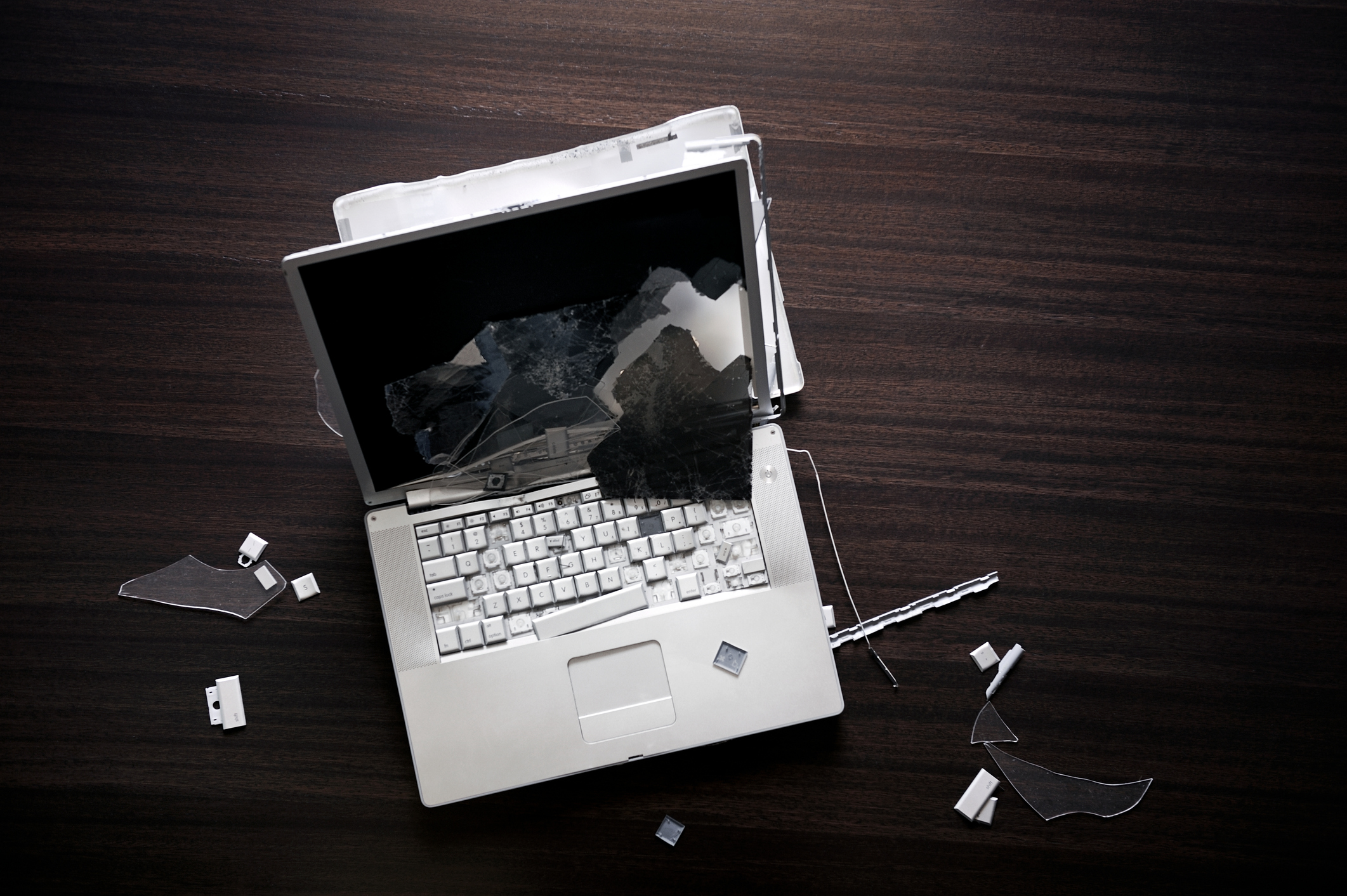
How to Cope with the Blue Screen of Death (Other than by Panicking)
Almost every Windows user has experienced the infamous blue screen of death (BSOD). Also known as a “stop error,” the BSOD leaves computer users with nothing more than a thoroughly unhelpful error message that often flashes across the screen as the machine reboots itself.
Stop errors occur when Windows runs into a problem that prevents it from operating safely. This can be caused by a number of issues, ranging from damaged hard drives to software-related snafus that are usually easy enough to fix.
It’s the out-of-the-blue errors (please pardon the pun) that tend to be the most worrying. Since they often point to a serious hardware problem, that usually means spending money on repairs or replacement parts. However, before you start panicking and physically assaulting your BSOD, there are a few things you should try first.

Look Up the Error Message
Windows 10 tends to be a little more helpful when it comes to dealing with stop errors in that it gives you a chance to actually read the error message before it disappears.
If, for example, the error refers to a filename, then it’s likely only a software error. But if you’ve just upgraded the operating system or installed new drivers or hardware, then that’s most likely the cause of your problem. One way around this is with System Restore, a feature found in Control Panel that rewinds your PC back to when it didn’t have problems. It’s essentially your “get out of jail free” card.
Boot Up in Safe Mode
BSODs are often a recurring issue. And when that’s the case, booting up in Safe Mode -- which disables all non-essential Windows drives and services, including those that might be causing you headaches -- is your best option.
To enter Safe Mode, restart your computer. Once you reach the sign-in screen, hold Shift and click on Restart. This will bring you to Startup Settings where you can choose to enable Safe Mode.
From there you can run diagnostics and try to identify the cause of the issue...but you should probably leave that to a professional, especially if your experience with computers is limited.

But if the pros don’t even know how to fix your computer from Safe Mode, then it may be time to reinstall your operating system.
Diagnose Hardware Errors
So you’ve tried everything, and despite all your best efforts, your screen is still blue. In this case, the hardware may be the problem.
The typical culprits of hardware-related crashes are overheating components, faulty memory, and damaged hard drives. When any of these happen, you really only have two options: you could have a computer technician attempt to repair the parts, or you could purchase a new machine.

Even though the first option is tempting, it can be incredibly expensive. Besides, there’s really no point in prolonging the life of an old PC. The best option when your computer fails is to start the funeral processions and replace it with a faster model.
Sometimes computers get BSODs or break down from other issues. It’s an inescapable fact of life, and it’s why you need a reliable technology partner to provide the proactive maintenance and technical support that will keep your business running smoothly. Contact Red Key Solutions today to find out how can help.


